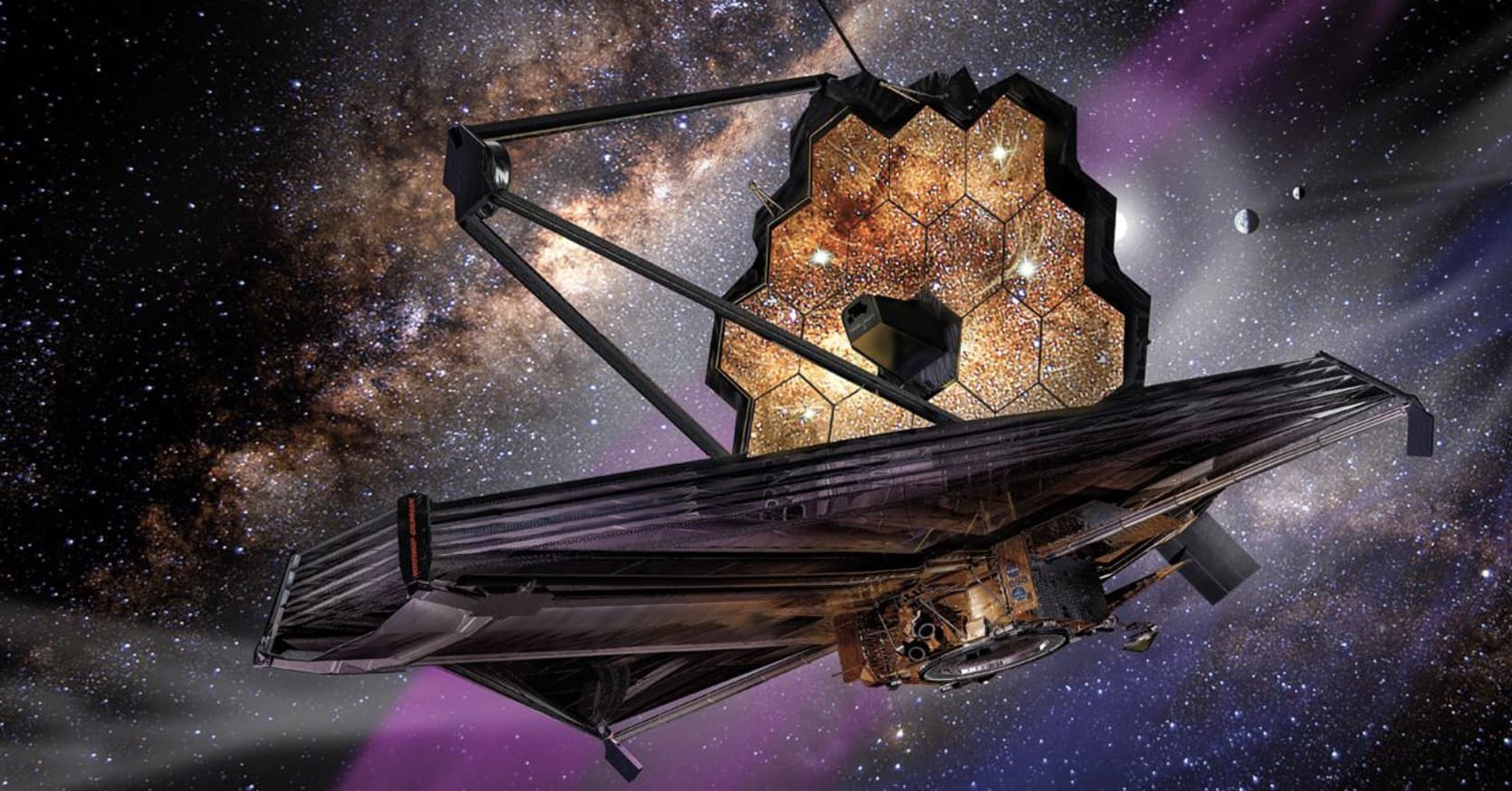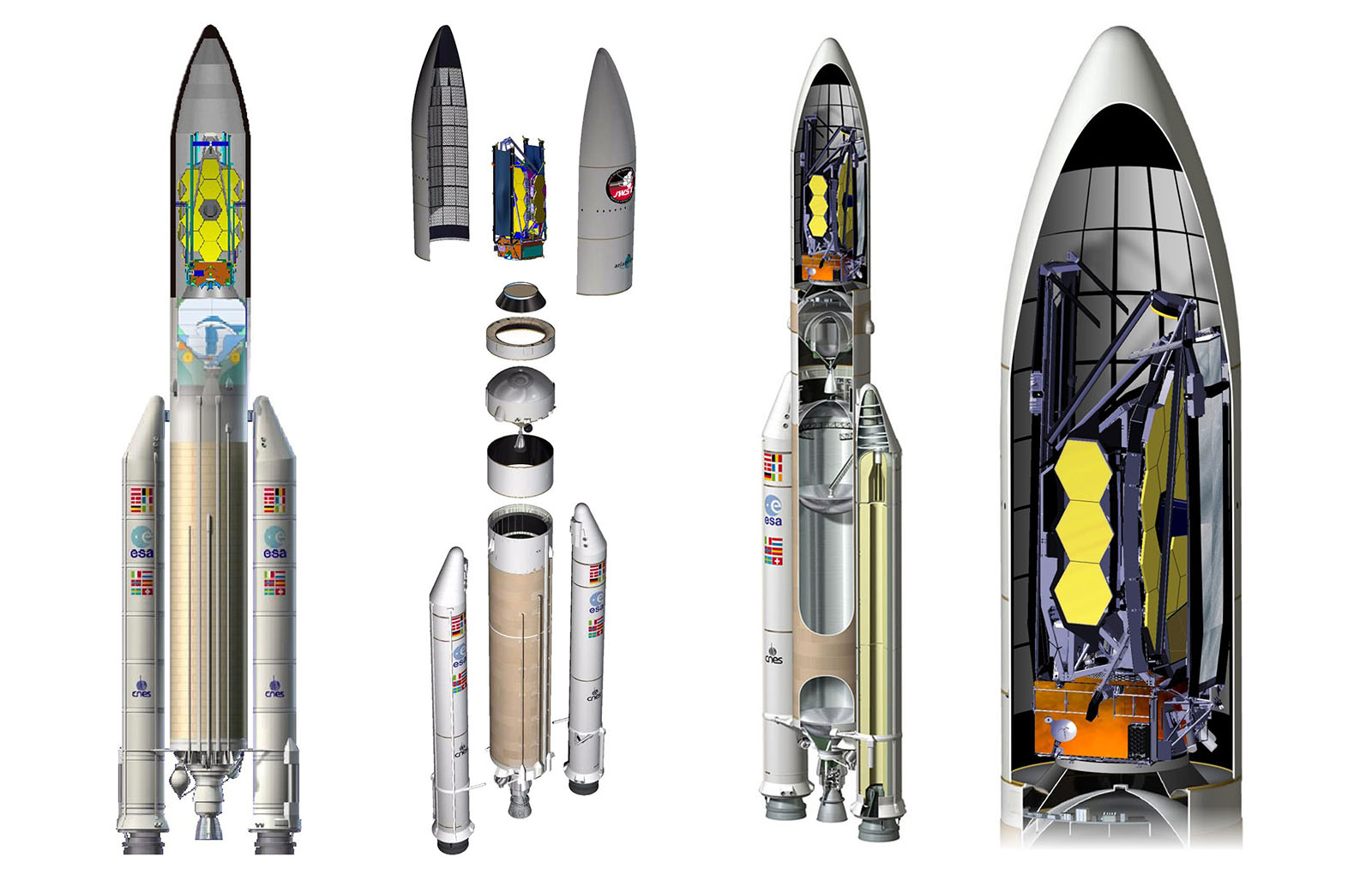

That ability will let astronomers peer back 13.5 billion years to when the universe was still young and stars and galaxies had just begun to form - a time invisible to us until now.

More powerful than any previous telescope, including its predecessor Hubble, JWST will be able to detect faint glimmers of faraway light that are nearly as old as the universe itself. The rollout of the Webb telescope’s journey to its launchpad.

Though Hubble remained in orbit around Earth, where it could be repaired, albeit with great effort, Webb will be too far away to service. But it also means their systems must work perfectly. That’s why telescopes like Hubble and JWST are launched into orbit, where they can obtain crystal-clear views of space. The space telescope is a joint project of NASA, the European Space Agency, and the Canadian Space Agency.Įarth’s atmosphere blocks some wavelengths of light and creates subtle distortions that can ruin images of far-away galaxies and other deep-space objects. Even with the $10 billion telescope finished, more setbacks, including a loose clamp and scheduling conflicts at the spaceport, moved the launch from a date in the fall of 2021 to nearly the end of the year.īut now, bolted securely atop its launch vehicle, JWST is finally ready for its big moment. First proposed decades ago, the telescope’s design and development were delayed multiple times, pushing the launch back by years. The rocket carrying Webb is scheduled to launch on December 25, at 7:20 AM EST (12:20 UTC). Sitting safely on the launchpad, JWST will undergo a few final tests to make sure the rocket and telescope are ready for launch, NASA said in a short press release this morning. The faring of the Ariane 5 rocket that will take the James Webb Space Telescope to its perch in space.


 0 kommentar(er)
0 kommentar(er)
